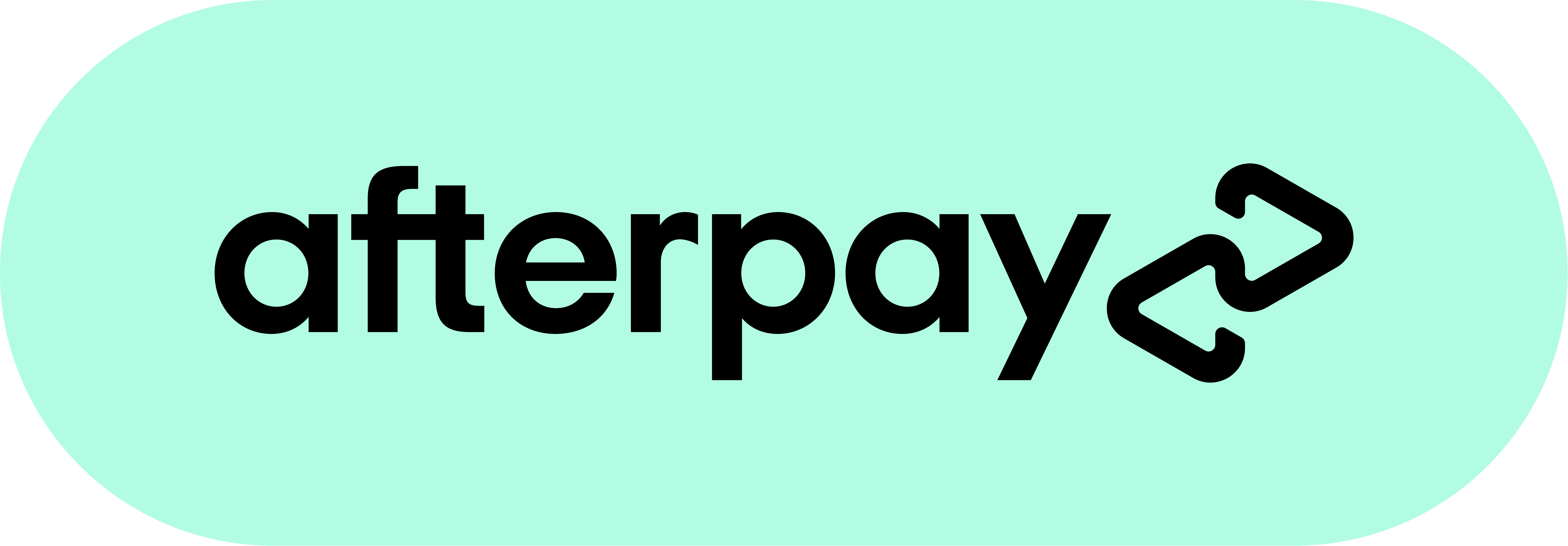How to price my card guide 101 - For Pokemon/YGO/MTG/OPTCG/ any other TCG cards
For new trading card game (TCG) collectors, determining the value of your cards can be both exciting and daunting. Whether you're collecting Pokémon, Magic: The Gathering, Yu-Gi-Oh!, or One Piece TCG, understanding how to price your cards accurately is essential for trading, selling, or insuring your collection. This blog outlines a straightforward approach to pricing your TCG cards, focusing on key factors like condition, rarity, demand, and reliable resources.
Step 1: Assess Card Condition
The condition of a card significantly impacts its value. Cards are typically graded on a scale from "Mint" (perfect, no flaws) to "Damaged" (visible wear, creases, or scratches). Check for edge wear, scratches, bends, or fading. A Mint card will fetch a higher price than one in Played condition. Be honest when evaluating your cards, as overestimating condition can lead to disputes with buyers or traders. If you're unsure, compare your card to grading standards from professional services like PSA or Beckett.
Step 2: Identify Rarity and Edition
A card’s rarity and edition are critical to its value. Most TCGs mark rarity with symbols (e.g., a star or circle in Pokémon) or set indicators. To confirm the card’s edition and rarity, locate its set number, which is typically printed in small text on the card.
Here’s where to find the set number for four popular TCGs:
- Pokémon: The set number is usually at the bottom left of the card, below the artwork or text box, formatted as "X/Y" (e.g., 123/159 for a card from the Sword & Shield set).
- Yu-Gi-Oh!: Look at the bottom left or right corner of the card, where the set code and card number appear, such as "LOB-001" for a card from the Legend of Blue Eyes White Dragon set.
- Magic: The Gathering: The set number is found in the middle or bottom of the card, near the artist’s name, in the format "X/Y" (e.g., 45/264 for a card from the Modern Horizons set).
- One Piece TCG: The set number is typically at the bottom of the card, often in the format "OPXX-YYY" (e.g., OP01-001 for a card from the Romance Dawn set).
Cross-reference these set numbers with official set lists on websites like TCGplayer.com, Cardmarket.com, or official game websites (e.g., pokemon.com, yugioh-card.com, magic.wizards.com, or onepiece-cardgame.com) to verify rarity and edition. Check for first editions, limited prints, or special variants like holographic or full-art cards, as these often command higher prices.
Step 3: Research Market Demand
Demand drives card prices. A rare card tied to a popular character, deck strategy, or competitive scene (e.g., a Charizard card or a meta-relevant Magic card) will often be worth more than an equally rare but less desirable card. Check recent sales on platforms like eBay (using the "sold listings" filter) or TCGplayer to gauge current market prices. Posts on X can also provide real-time insights into trending cards or market shifts, but verify these with concrete data. Prices fluctuate, so focus on recent sales rather than outdated listings.
Step 4: Adjust for Local Market Price Discrepancies and Taxes
When pricing cards, consider the cost price discrepancy between your local market and international pricing references like TCGplayer (US-based) or Cardmarket (EU-based). Local factors such as import costs, currency exchange rates, and regional demand can significantly affect prices. For example, a card priced at $50 on TCGplayer might sell for less in a region with lower demand or higher shipping costs, or it could be more expensive in areas where certain cards are scarce. Additionally, account for local taxes, such as Goods and Services Tax (GST) in countries like Australia (10%), VAT in the EU or state sales tax in USA (which doesn't show online until right before checkout), which may apply to sales through local marketplaces or physical stores. These taxes can increase the final price for buyers, potentially requiring you to lower your base price to stay competitive. Check local marketplaces, game stores, or regional TCG groups on platforms like X to gauge local trends. If selling internationally, factor in shipping fees and any applicable export taxes, which may further influence your pricing to attract buyers.
Step 5: Use Trusted Pricing Resources
Leverage online tools to streamline pricing. Websites like ebay.com.au, TCGplayer.com, Cardmarket.com, or PriceCharting.com aggregate data from recent sales, offering average prices for cards in various conditions; ebay & pricecharting can search card via the set number, which is very helpful for card games that likes to reprint cards in the same name million of times. Apps like TCGPlayer, Dragon Shield or Pokémon TCG Scanner allow you to scan cards and get instant price estimates. For high-value cards, consider professional grading services, as a graded card often sells for more. Be cautious with unverified sources or overly optimistic listings, as they may not reflect true market value.
Step 6: Factor in Fees and Trends
If you plan to sell, account for platform fees (e.g., eBay’s 10-13% or TCGplayer’s commission) and shipping costs, which can reduce your profit. Also, monitor market trends—cards tied to new set releases, tournaments, or media (like a Pokémon anime revival) can spike in value temporarily. Conversely, reprints or bans in competitive play can lower prices. Staying informed through TCG communities on X or forums like Reddit can help you anticipate these shifts.
Pricing TCG cards requires a blend of careful inspection, research, and market awareness. By evaluating condition, confirming rarity and edition using set numbers, checking demand, adjusting for local market discrepancies, and using trusted pricing tools, you can confidently determine your cards’ value. As you grow as a collector, staying engaged with both global and local TCG communities will sharpen your pricing skills, ensuring fair trades and sales. Start small, double-check your sources, and enjoy the journey of building and valuing your collection!





